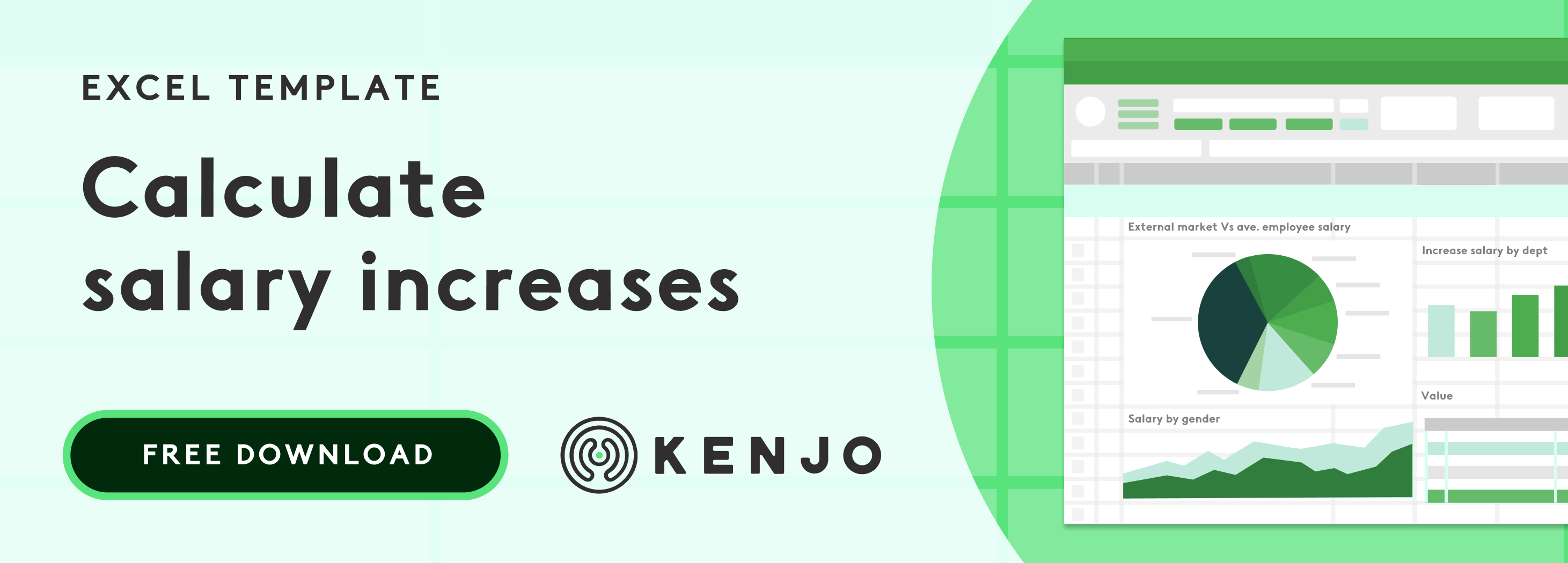We use these two terms interchangeably, but in fact, they have different meanings. There is a significant difference between wages and salary. Any idea what it is? We take a look at what each one entails below because they aren't the same thing.
Definition of an employee’s salary
A salary is defined as the pay employees receive for carrying out the job responsibilities specified in their contract. Or rather, it’s the price the organisation pays for the services provided by the professionals they hire.
In principle, the amount paid will always be the same. It could vary, however, if employees are paid for overtime or if the company and employee reach a new agreement.
How do we calculate an employee's salary?
The amount to be paid is defined in the contract signed by both parties. There are usually a range of factors to consider to arrive at the final amount:
- the employee's experience,
- company location,
- collective agreement (if any),
- and the average market salary for similar roles.
You would like to know how to set salaries for your employees? Then read on here.
Types of salary
You’ll find that there are different types of salary that fall under this category:
1. Base pay
Base pay, or base salary, is one that both parties have agreed on and that doesn't vary over time. And the company establishes a pay frequency for fixed salaries. In the UK and most European countries, salaries are usually paid monthly.
2. Variable pay
Variable pay depends on the work carried out or on the targets met by the employee. This variable component is usually accompanied by a fixed base salary, which the employee will receive regardless of results. The objective behind it is to motivate the employee.
3. Pay mix
The combination of a fixed plus variable salary, as mentioned above, is known as a pay mix. This model is often used for sales or director roles where their work is directly related to the company's sales.

Definition of wages
What are wages? It's the amount a worker receives in return for their services on an hourly or daily basis. In other words, they are paid per unit of time.
So, when an employee works on an hourly or daily rate, we call this a wage and not a salary. Therefore, they won't be paid for holidays and bank holidays, and these will be discounted at the end of the month.
So this is the basic difference between wages and salary.
Types of wages
There are also different types of payment under this category.
1. Piece rate
Here, the employee receives an amount of money for completing a task or piece of work, regardless of how long it took them. This amount is paid upon completion of the job.
2. Time rate
This type of wage covers the time a worker needs to complete the task at hand. The amount they will receive is based on time, whether we're talking about a day or a year.
3. Partial piece rate pay
As the name itself suggests, this is a combination of a wage based on both piece work and time work.
4. Nominal wage
This is usually reflected in a contract between both parties based on a specified amount. It's, therefore, the most widely-used model across all companies.
5. Cash in hand
This is where companies pay employees in cash, although this is becoming less common due to the advances in online banking.
6. Wages in kind
An employee is paid wages in kind when they receive goods instead of money. These can be physical goods (such as clothes or food) or services (training, accommodation, etc.). Wages in kind are considered a form of flexible benefits - or salary sacrifice. Regulations about what proportion of an employee’s wages can be paid in kind vary from country to country. The UK Government, for example, stipulates that wages in kind should never reduce the amount an employee is paid below the national minimum wage.
7. Emotional salary
This term encompasses all non-cash benefits or salary sacrifices that an employee may receive, and which aim to satisfy their personal, family and professional needs. We could include flexible working and remote working in this category, for example.
Read more about the differences between incentives and benefits here.

Main difference between both of these concepts
So, what is the difference between wages and salary? As we've discussed, an employee's salary is always the same, and wages vary according to the hours or days worked and can vary as a result.
But there are some nuances to be aware of, and you can see these in the table below.
|
Salary
|
Wage
|
- Fixed salary over a period of time (usually a month or year).
|
- Remuneration that varies depending on the number of hours or days worked.
|
|
- Paid in pre-established regular periods.
|
- Remuneration could be subject to the completion of a task or project.
|
|
- Amount is fixed regardless of effort.
|
- The more effort put in, the higher the wages will be (in terms of hours or days). And vice-versa, employees are not paid for days off.
|
|
- A common model among office-based professionals.
|
- A popular model in factories, workshops, etc.
|
At last, we now know the difference between wages and salary, and we can own them in our day to day work.
.jpeg)


